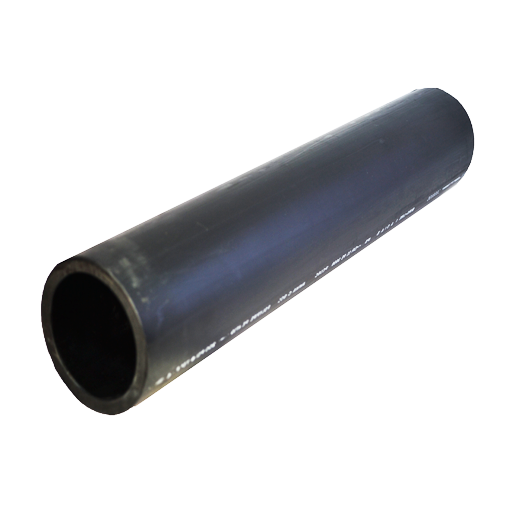High-density polyethylene (HDPE) pipes have established themselves as a key component in modern infrastructure due to their extraordinary durability, flexibility, and cost-effectiveness. Of all types of HDPE pipes, SDR11 pipes offer a unique strength-compatibility balance and are preferred for the most stringent applications across multiple industries.
Overview of SDR11 HDPE Pipe
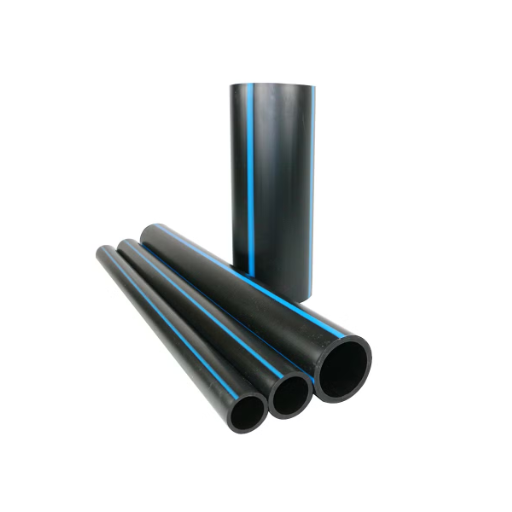
Description of SDR11 and HDPE
SDR11 stands for a Standard Dimension Ratio of 11 and represents the relationship between the external diameter of a pipe and its wall thickness. This specific ratio ensures that pipes maintain standard structural integrity for their various applications. Pipes rated SDR11 are employed in higher-pressure applications since the thicker walls resist internal pressure and external forces.
High-Density Polyethylene (HDPE) is a thermoplastic polymer recognized for its superior strength-to-density ratio, high flexibility, and resistance to chemicals. HDPE is non-corrosive, resistant to environmental stress, making it ideal for pipe applications in harsh conditions.
Standard SDR Ratios Explained
Standard Dimension Ratios are essential considerations for polyethylene piping systems. SDR represents the ratio of the nominal outside diameter of the pipe to the wall thickness.
Key SDR Ratios:
- SDR11: Thick walls for high-pressure applications (gas and water distribution)
- SDR17: Medium range balancing strength with material efficiency
- SDR26: Thin walls for low-pressure or non-pressurized applications
Key Specifications of SDR11 HDPE Pipe
- High-pressure rating: Typically 200 PSI at standard operating temperatures
- Excellent chemical resistance to acids, bases, and salts
- Corrosion resistance: No rusting, scaling, or microbial growth
- Flexibility: Resists ground movements and thermal expansion
- UV resistance: Withstands prolonged sunlight exposure
Applications of SDR11 HDPE Pipe
Water Supply Systems
SDR11 HDPE pipes are widely accepted for water supply systems due to their durability, flexibility, and chemical resistance. They are essential for carrying potable water across urban and rural distribution networks.
Leak-Free Joints
Fusion-welded joints ensure minimal water loss in distribution systems
Lightweight Design
Easy transportation and installation save labor and machinery costs
Temperature Resistance
Works effectively under extreme climatic conditions
Pressure Applications in Various Industries
Five Key Industries Using SDR11 HDPE Pipes:
- Municipal Water Supply: High-pressure water transport over long distances with pressures up to PN16 (16 bar)
- Agricultural Irrigation Systems: Drip and sprinkler irrigation maintain constant flow rates and pressure
- Gas Distribution: Safe transport of natural and industrial gases with operating pressures up to 10 bar
- Industrial Process Systems: Chemical plants and manufacturing units for water, steam, and chemical transport
- Mining and Slurry Conveyance: Transporting abrasive slurries and tailings under high pressure
Use in Environmental Projects
HDPE pipes are essential in environmental engineering projects:
- Wastewater treatment systems
- Leachate collection systems in landfills
- Groundwater remediation systems
- Stormwater management systems
- Safe conveyance of contaminated materials
Benefits of Using SDR11 HDPE Pipe
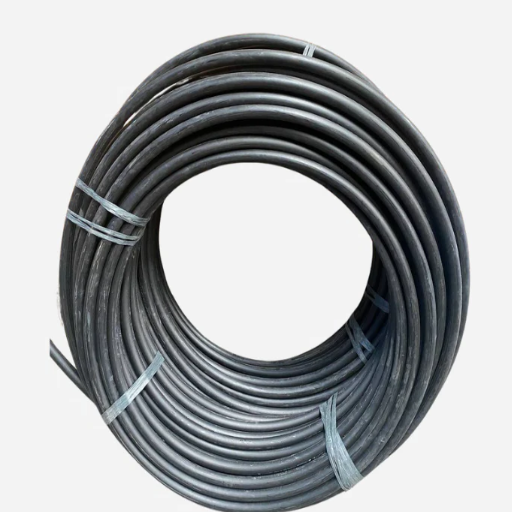
Durability and Longevity
Service Life: Often exceeding 50 years under ideal conditions
- Resistant to environmental factors and extreme temperatures
- No rusting, corrosion, or strength loss over time
- High impact resistance even in below-zero weather
- Excellent UV radiation resistance
Flexibility and Installation Advantages
Ease of Bending
Flexible pipes reduce the need for extra fittings
Lightweight Design
Easier handling and reduced labor costs
Simple Connections
Electrofusion and mechanical joints for fast installation
Temperature Adaptability
Handles expansion and contraction effectively
Cost-Effectiveness Compared to Other Materials
| Material | Cost | Durability | Installation | Maintenance | Flexibility | Corrosion |
|---|---|---|---|---|---|---|
| HDPE | Low | High | Easy | Minimal | High | Resistant |
| PVC | Moderate | Moderate | Easy | Moderate | Low | Resistant |
| Copper | High | High | Moderate | High | Low | Resistant |
| Steel | High | High | Difficult | High | Low | Prone |
Installation Guidelines for SDR11 HDPE Pipe
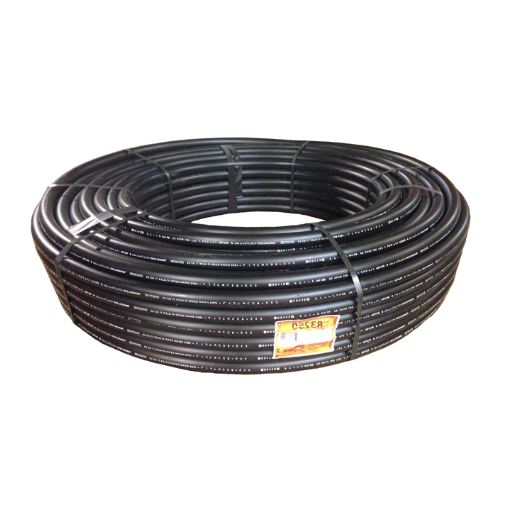
Preparation and Planning for Installation
Proper preparation is critical for successful SDR11 HDPE pipe installation:
- Thorough review of project specifications and local codes
- Detailed site survey to identify obstructions or terrain challenges
- Equipment and materials inspection for industry standard compliance
- Proper storage conditions to prevent UV damage
- Weather condition considerations for fusion processes
Step-by-Step Installation Process
- Preparation and Inspection of Materials: Check for defects, verify specifications, and clean all surfaces thoroughly
- Site Assessment and Setup: Analyze installation site, level surfaces, and ensure adequate working space
- Calibration of Fusion Equipment: Adjust settings according to pipe diameter and thickness specifications
- Pipe and Fitting Alignment: Use alignment tools to prevent axial misalignment and reduce joint stress
- Heat Application and Fusion: Apply appropriate fusion method (butt fusion or electrofusion) according to specifications
- Cooling and Joint Inspection: Allow natural cooling and conduct visual inspection for regularity and alignment
- Pressure Testing and System Validation: Perform hydrostatic or pneumatic testing according to regulations
- Final Checks and Handover: Complete system inspection and prepare comprehensive documentation
Maintenance Tips for Longevity
- Regular Inspections: Scheduled detection of wear, corrosion, or misalignment
- Environmental Control: Protection against extreme conditions
- Cleaning and Protection: Prevent debris accumulation
- Documentation: Maintain detailed maintenance records
Comparative Analysis with Other Pipe Types
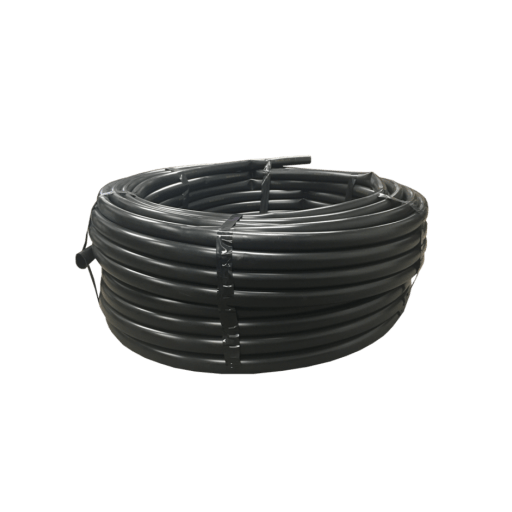
SDR11 HDPE vs. PVC Pipes
| Aspect | SDR11 HDPE | PVC |
|---|---|---|
| Expense | Moderate | Low |
| Strength | High | Moderate |
| Flexibility | High | Low |
| Pressure Rating | High | Moderate |
| Corrosion Resistance | Yes | Yes |
| Installation | Moderate | Easy |
| Lifespan | 50+ years | 20-30 years |
SDR11 HDPE vs. Copper Pipes
| Aspect | SDR11 HDPE | Copper |
|---|---|---|
| Expense | Low | High |
| Strength | High | High |
| Flexibility | High | Low |
| Heat Tolerance | Moderate | High |
| Corrosion Resistance | Yes | Yes |
| Installation | Moderate | Moderate |
| Lifespan | 50+ years | 50+ years |
Advantages over Traditional Materials
Excellent Flexibility
Accommodates terrain variations without excess joints
High Pressure Capacity
Operating pressures up to 160 psi
Corrosion Resistance
50+ year lifespan in corrosive conditions
Lower Installation Costs
Lightweight, fewer fittings required
Chemical Resistance
Maintains integrity against acids, bases, and chemicals
Frequently Asked Questions
References
- Central Tech – Polyfusion Training: Certifications and training for SDR11 HDPE pipe handling
- OhioLINK Electronic Theses and Dissertations Center: Academic research on HDPE pipe specifications
- University of Texas – Piping Material Specifications: Engineering practices and material specifications



